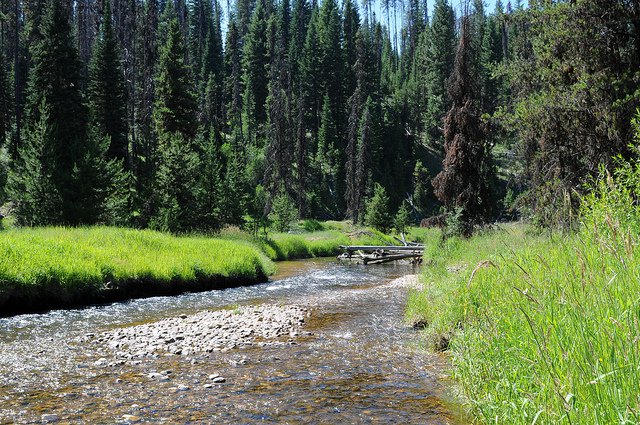Objectives Process Continues with NOAA as Partner
Council and NOAA envision collaborative goal-setting process for salmon and steelhead
- February 18, 2015
- John Harrison

The Council and NOAA Fisheries, the federal agency that implements the Endangered Species Act for Columbia River salmon and steelhead, are compiling existing quantitative goals and objectives for fish recovery and considering how to measure progress toward protecting and restoring fish species.
At the Council’s February meeting, Barry Thom, deputy regional administrator for NOAA Fisheries, laid out a four-step process for what he described as a conceptual approach for developing goals for listed and unlisted Columbia River Basin salmon and steelhead.
The first step involves collecting information about all of the distinct salmon and steelhead populations, including quantitative goals and objectives in documents such as the Council’s subbasin plans, and ESA, state, and tribal fish-recovery plans. This would also include assessing natural and hatchery production, natural escapement, and fisheries harvest. Subsequent steps would determine what it would take to reach these goals.
“It’s important to align various regional goals that address ESA, tribal treaty and trust obligations, the state fish and wildlife mandates, and other needs,” Thom said. “We believe we can increase our chances of success regarding conservation and fishing opportunities through better coordination, and with better accountability.”
Discussions about the collaborative approach were initiated by the Council in January. Thom said they provide an opportunity to better understand how to increase fish abundance, distribution, and diversity over time while meeting existing goals and objectives. He said he hoped that the Council and others will support developing a charter for a steering committee representing state, federal, and tribal governments to oversee the next steps of the proposed collaborative process. Ideally, work on this next step would begin in the early spring so that the regional discussions could begin by the summer.
Tony Grover, the Council’s fish and wildlife director, said the Council’s 2014 fish and wildlife program calls for completing a report on existing goals and objectives similar to NOAA’s proposed first step. While that may take longer, working with the region’s fish managers and others will make it more complete, he said.



